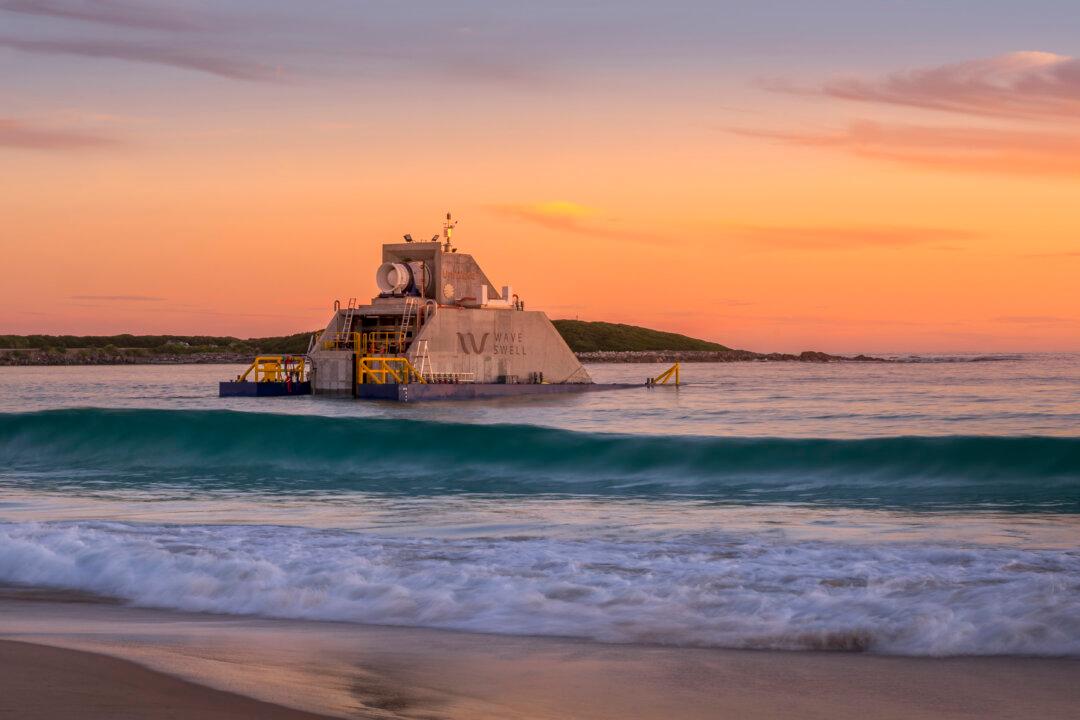Wave technology that creates energy by simulating a blowhole will soon provide power for a remote island off the coast of Tasmania in Australia’s south.
Wave Swell Energy (WSE) has deployed its wave energy power generator at King Island, Tasmania.

Wave technology that creates energy by simulating a blowhole will soon provide power for a remote island off the coast of Tasmania in Australia’s south.
Wave Swell Energy (WSE) has deployed its wave energy power generator at King Island, Tasmania.